The western honey bee is highly valued for its important role as natural pollinator. In Morocco, pollination services of Apis mellifera along with other insect pollinators were estimated at 1.2 billion US$. Regrettably, biological stressors including pathogens are leading factors contributing to colony losses and hampering pollination services. The aim of this study was to investigate the occurrence and prevalence of four agents responsible for nosemosis and foulbrood diseases in the oases of southeastern Morocco. Using polymerase chain reaction (PCR), we have analyzed 87 beehives sampled during two successive years from four provinces and representing two different beekeeping operation types, namely migratory (N = 51) versus stationary (N = 36). The results obtained revealed the absence of Nosema apis and Paenibacillus larvae. However, Nosema ceranae and Melissococcus plutonius were present at prevalence rates of 16.09% and 62.07% respectively. During the winter of 2020, there was higher prevalence rates of both pathogens compared to the winter of 2019. The province of Errachidia was free of N. ceranae, while the other three provinces were infected with different prevalence rates. On the other hand, M. plutonius was more prevalent in all four sampling areas. In addition, infection and co-infection patterns of N. ceranae and M. plutonius were found to be more prevalent in migratory beehives as opposed to stationary colonies. Results of this work constitute the first contribution to study infection patterns of nosemosis and foulbrood in Morocco, while more inquiries are needed in order to elaborate sustainable strategies for the beekeeping industry in Morocco.
2407 Members
127 Countries!
127 Countries!










